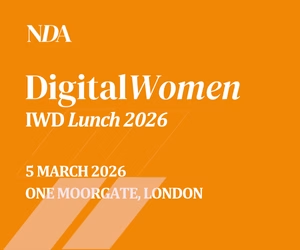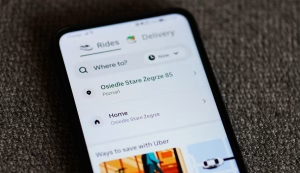The accelerative impact of COVID-19 on digital transformation has led to improvements in mobile marketing capabilities for advertisers.
Growth in m-commerce and the use of social media has provided brands with new opportunities to reach consumers, driving up mobile marketing budgets set to be worth $230bn globally in 2021 per WARC Data. However, privacy concerns could potentially hamper mobile’s growth potential. These are some of the findings included in State of the Industry 2021: Mobile Marketing in EMEA, an annual report released today by WARC in association with MMA EMEA, providing a current snapshot into how brands, agencies, media owners and tech vendors see the impact of mobile – its use as a tool for advertising effectively, as well as opportunities and concerns – as they adapt to changing consumer behaviours brought on by the COVID-19 pandemic.
The report is based on an online survey of 575 marketing professionals – a mix of client-side, agency, media owner and technology vendor marketers – carried out in April and May 2021 from over 30 markets by WARC , in association with MMA EMEA.
State of the Industry 2021: Mobile Marketing in EMEA highlights the following key insights
1. The majority of marketing professionals are expecting growth in their mobile budgets this year In the 2020 survey, two in five (39%) were expecting an increase in the mobile marketing budget. This year, two in three (66%) say the same, indicating more confidence in both market conditions and in mobile as a channel.
2. Social is by far the most used marketing channel with mobile 87% of respondents are using social in their mobile marketing strategy and, on average, a third of the mobile budget goes toward social. YouTube and Facebook are the platforms most used for display marketing.
3. M-commerce is one of the most important industry changes during COVID-19 Overall, 68% of respondents are seeing increased m-commerce capabilities and two in five (42%) say uptake of m-commerce is one of the most important consumer behaviours.
4. Mobile marketing needs to overcome privacy concerns to realise growth potential As we approach the end of the third party cookie as a means to target and measure, marketing professionals are facing more pressure. Three in five predict they’ll be affected by the ‘death’ of the cookie.
5. Video is catching up to non-video display as the leading form of mobile monetisation for media owners and tech enablers. Subscriptions/memberships and e-commerce are also key focus areas.
6. The future of mobile technology seeks to connect the online and offline, particularly through AI and machine learning, IoT and voice Respondents are investing significant portions of their budgets into mobile technology to ensure they keep up with the latest innovations in the industry, especially as interest in AI continues.
Summing up, Amy Rodgers, Managing Editor Research and Rankings, WARC, said: “As we emerge from the pandemic, with many workforces still working remotely and social and m-commerce technologies rapidly developing, mobile will play an important part in marketing strategies, as indicated by the acceleration of mobile ad budgets and the opportunities provided to advertisers as outlined in this report.”
“Whilst we have unsurprisingly seen an increase in mobile budgets across the region in the last year, we, at the MMA, have also taken a broader sounding on the future of marketing from marketers. One of their key insights is that digital transformations (which include mobile by definition) have accelerated significantly’, commented Chris Babayode, MD, MMA EMEA. “Getting stuff done took weeks not months. This trend is all set to continue, and we expect this to feed through as per the findings in our annual report across social, m-commerce, organisational structures, data and privacy governance.”
A sample report is available to download here. The full report, now in its sixth year, is available to WARC subscribers and MMA members. A similar report will be released later in the year for the APAC region.










